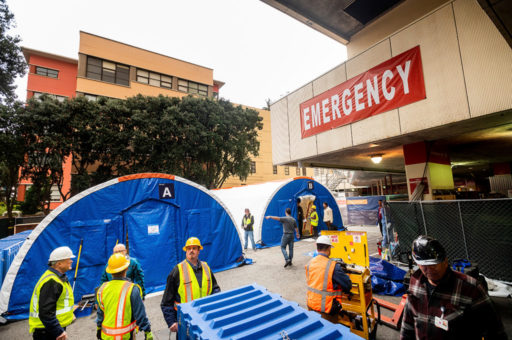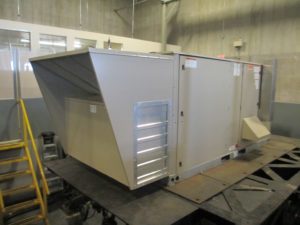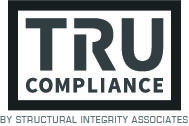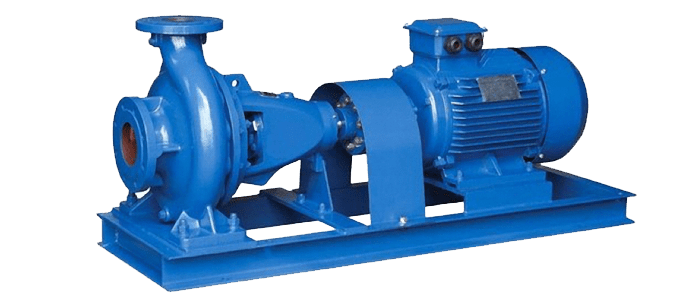Things change, that’s just a fact of life. But when it comes to engineering codes…

Temporary or Permanent? Increasing Hospital Capacity for the COVID-19 Crisis
Image above: Photo by Noah Berger courtesy of UCSF https://calmatters.org/health/coronavirus/2020/03/california-hospitals-coronavirus-shortage-ventilators-beds/
Temporary or Permanent? Increasing Hospital Capacity for the COVID-19 Crisis
In an effort to prepare for the projected number of patients who will need medical care during the COVID-19 crisis many hospitals are making rapid improvements to increase critical care capacity. On March 17, California Governor Gavin Newsom signed emergency legislation providing $1.1B in additional state funds to increase hospital capacity, provide medical equipment, and implement other measures to address the outbreak. According to current projections California is expected to face a shortfall of 4,000 to 20,000 hospital beds from its pre-crisis capacity.
Though some hospitals are erecting temporary accelerated care units (ACU’s), like at the University of California San Francisco Medical Center above, many existing hospitals and clinics will require ventilation modifications to make them safe for the care of COVID-19 patients. With multiple waves of the pandemic possible, some are asking whether this capacity is really temporary or if we need this hospital capacity on a semi-permanent basis.
Negative Pressurization

Many patient rooms in hospitals are designed to have net positive pressurization so outside pathogens stay away from vulnerable patients. However, infectious disease wards typically require negative pressurization so germs get exhausted outside at high velocity and don’t spread throughout the facility. Modifying hospital care facilities from positive to negative pressurization isn’t as simple as modifying fan speeds or directions. The potentially harmful exhaust air must exit through an elevated stack and leave at a high velocity so it doesn’t come into contact with humans outside. Also, additional outside air often requires rooftop makeup air units so treated fresh air can be cycled into these facilities.
Install Now, Permit Later

Due to the crisis, the State of California is waiving building permits for the emergency preparations needed for the expected influx of patients. TRU Compliance certified manufacturers are rising to the challenge and are supporting rapid delivery of equipment needed for these hospital modifications. TRU has confirmed with California State Officials that any emergency installations during this time will either need to be removed following the crisis or permitted in-place at a later date. Given the expense of these modifications, hospital owners may want to select pre-approved and certified equipment and install it in a code-compliant manner so it can remain in place as we prepare for future waves of the virus.
Wind and Seismic Concerns
Though we need to first consider rapid expansion of hospital capacity, the ongoing aspects of this crisis mean that in seismic regions like California, equipment installed for this crisis should be seismically certified in order to remain after the crisis. As we’ve seen in the M5.8 earthquake on March 18 near Salt Lake City, earthquakes are unpredictable and could happen at any time. Similarly in high wind regions and with hurricane season approaching, wind certified equipment should be considered if a medical facility hopes to have the flexibility to convert to negative pressurization for this and future pandemics.
TRU Compliance is ready to assist hospitals, manufacturers, and suppliers to assure that the equipment provided will be able to remain in place and ensure no lapses in certification during a period of enforcement. Please feel free to contact the TRU Compliance team to discuss your rapid installation project, or for any certification needs at 844-TRU-0200 or info@trucompliance.com.
Find TRU Compliance certified equipment at https://trucompliance.com/certification-database/.

